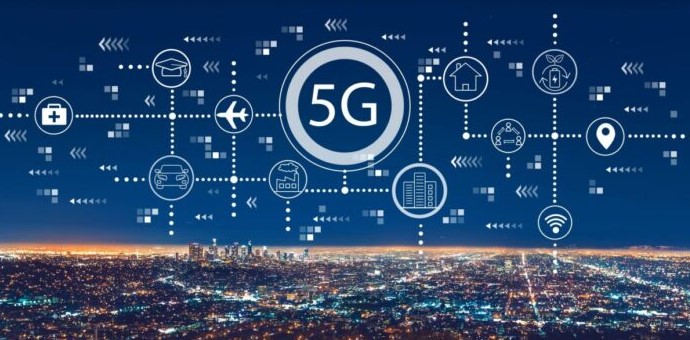Network engineers must devise networks with better data transfer speeds, low latency, safety, dependability, cost-effectiveness, and durability as 5G technology speedily gets universal wireless communication and internet access. Here we’ll examine 5G network design, its advantages and drawbacks, plus the optimal way to create a successful 5G network. Additionally, we’ll look closely at modern technologies like virtualisation and Software Defined Networks (SDN) to unlock the total capacity of 5G networks. By the end of this piece, you should have enough knowledge to construct a high-speed, dependable and secure 5G network.
How 5G Networks Are Designed
5G network design is based on the principles of network slicing, a strategy allowing multiple, isolated networks to be generated from a single physical infrastructure. This slicing creates a diversity of use cases, ranging from mobile broadband to massive IoT networks and mission-critical services.
Focusing Signals for Faster Speeds
Beamforming is an essential part of 5G network design, which uses an antenna array to focus radio signals in one direction for better coverage and faster speeds. By sending out multiple directional antenna beams, each focused on a specific target user; beamforming enables more efficient network operation and improved user experience. This technology allows for a stronger connection and faster speeds than possible with a single omnidirectional antenna without sacrificing coverage area.
By taking advantage of 5G beamforming, network designers can:
- Ensure more efficient use of scarce spectrum resources.
- Provide more reliable coverage over large areas.
- Accommodate higher data rates for users with better connections.
- Achieve higher throughput for users with weaker connections.
- Reduce interference between base stations by creating highly focused beams that can navigate around obstacles.
- Increase capacity in areas where high-density usage is expected
- Offer consistent performance across different locations.
Bringing Networks Closer to Users
5G brings enormous opportunities for businesses and consumers alike. 5G networks are enabled by small cells, which are low-powered radio access nodes that bring the network much closer to users than traditional cellular towers.
These small cells are far more numerous than cellular towers, with one cell site potentially servicing an area of 900m2 or less. This ensures that more people can access the network simultaneously and with incredible speed and reliability.
Small cells also offer a range of other benefits:
- Advanced beamforming enables service providers to direct as much power as is necessary to reach where it needs to go, allowing for better coverage under challenging environments such as thickly forested areas and indoor spaces.
- Benefitting from their small size and discrete appearance, they can be seamlessly implemented in any environment, such as cities, shopping precincts, stadiums, transport junctions and business complexes.
- This also allows for much easier scalability—more coverage can be added as needed without building additional infrastructure or disrupting existing services.
- Finally, small cell deployments require significantly less energy than traditional solutions, reducing costs for service providers while contributing some environmental benefits.
The Brain of the New 5G Architecture
The 5G Core Network is the brain of the 5G architecture and is responsible for routing data from one end of the network to the other. To ensure lightning-fast connectivity, the 5G Core Network needs to be designed with speed and reliability in mind.
This network design consists of several components:
- Radio Access Network (RAN)
- Mobile Edge Computing (MEC)
- Packet core network
- Virtualized Service Platform
Conclusion
As we get ready for the inevitable 5G deployment, it is essential that we diligently work on constructing our 5G networks that are well-made, effective, and resourceful. By carefully selecting the appropriate components, technologies, and designs, we can build a firm base for 5G networks to have the capacity to manage many types of applications and grant mobile providers the safety, dependability, and scalability they require. To sum up, 5G Network Design allows us to revolutionise connectivity, so we must tackle this from an engineering point of view. Through wise planning, the promise of 5G networks can come true, joining people, companies, and technology in exciting new ways.





